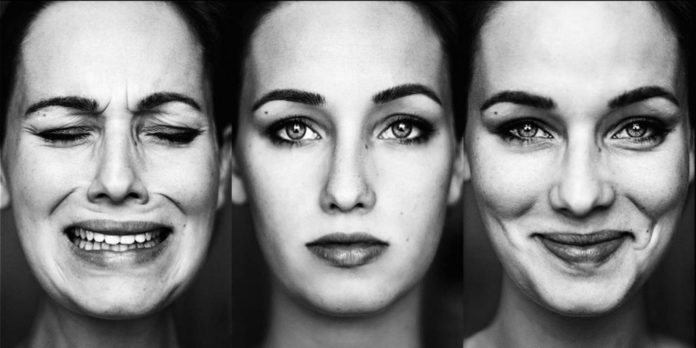New research suggests that physical activity may treat depressive symptoms in bipolar disorder, as scientists find a link between motor activity and mood.
In bipolar disorder, the dramatic episodes of high and low moods do not follow a set pattern. Someone may feel the same mood state (depressed or manic) several times before switching to the opposite mood. These episodes can happen over a period of weeks, months, and sometimes even years.
How severe it gets differs from person to person and can also change over time, becoming more or less severe.
Symptoms of mania (“the highs”):
Excessive happiness, hopefulness, and excitement
Sudden changes from being joyful to being irritable, angry, and hostile
Restlessness
Rapid speech and poor concentration
Increased energy and less need for sleep
Unusually high sex drive
Making grand and unrealistic plans
Showing poor judgment
Drug and alcohol abuse
Becoming more impulsive
During depressive periods (“the lows”), a person with bipolar disorder may have:
Sadness
Loss of energy
Feelings of hopelessness or worthlessness
Not enjoying things they once liked
Trouble concentrating
Uncontrollable crying
Trouble making decisions
Irritability
Needing more sleep
Insomnia
Appetite changes that make them lose or gain weight
Thoughts of death or suicide
Attempting suicide


































